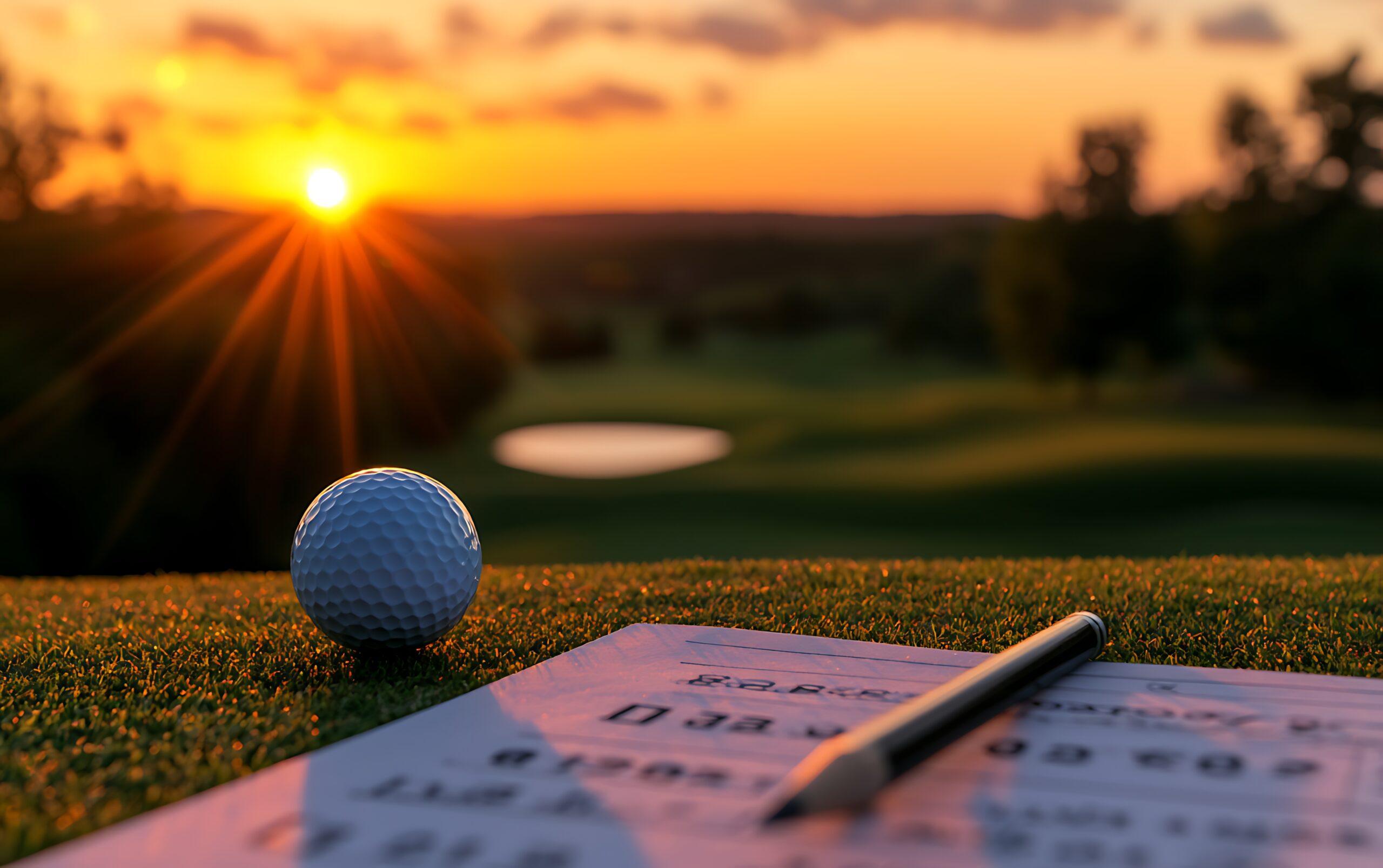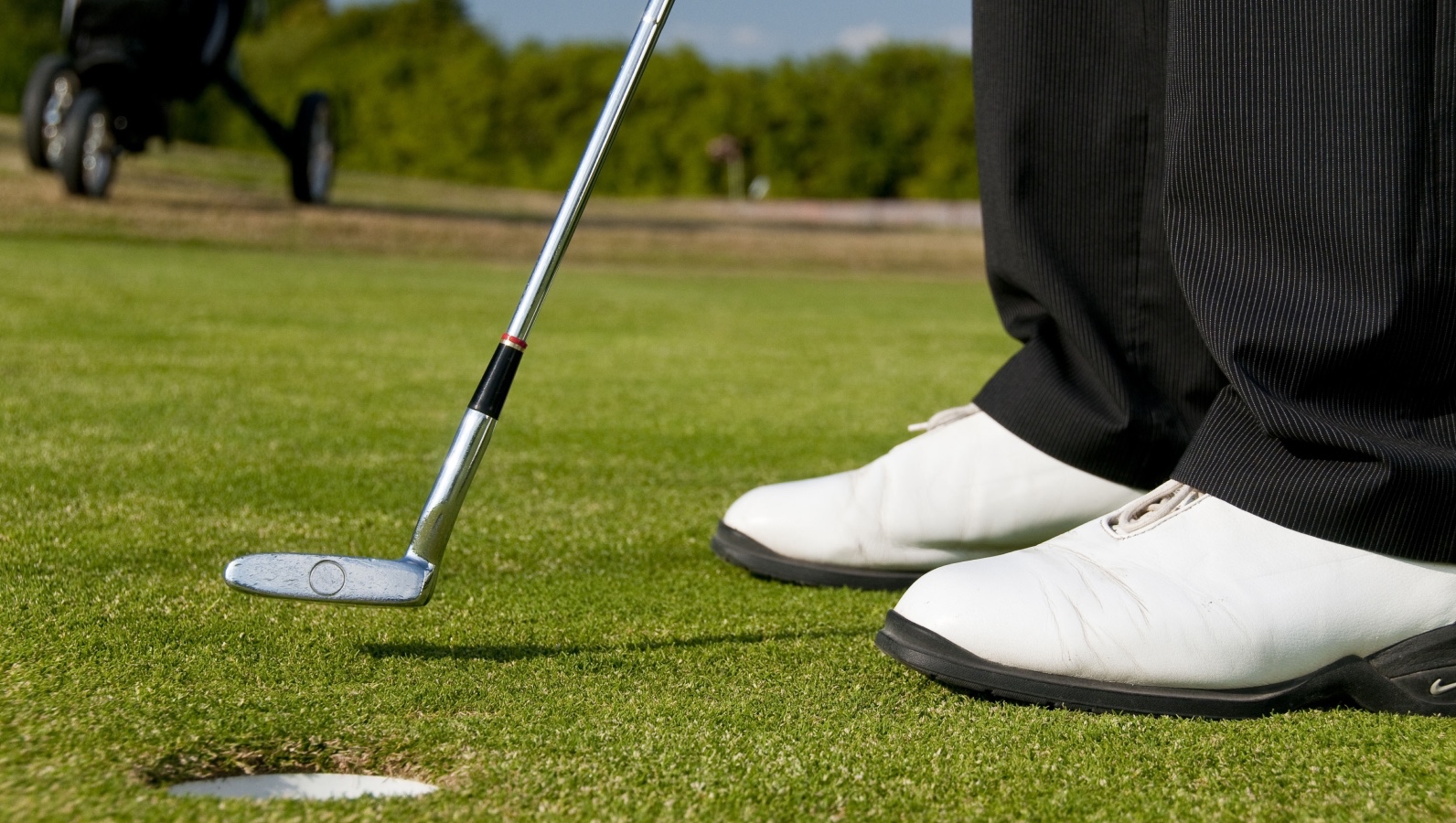Top 5 tips for becoming a single-digit golfer

Top 5 tips for becoming a single-digit golfer
September 11, 2025
By Mike Bailey, Content Provider
If you have a handicap in the single digits, you are better than most.
In the USGA’s Ghin (Golf Handicap Handicap and Information Network), you will be in the top 20 percent of golfers who carry official handicaps.
But realistically, if you have a single-digit handicap (9.9 or less), you’re actually in the top 3 to 5 percent of all golfers, because most golfers don’t even have an official handicap.
In general, golfers without complaints do not shoot in the 70s on a regular or average basis, if your handicap is in odd numbers, you are part of the same club.
Of course, even among golfers with single-digit ratings, the difference can be significant. Tour PROS, for example, have fairways (because they always shoot under par), usually around +6. That means a respectable player with a 9 handicap would be getting 15 shots from a Tour Pro in the match – literally.
Being a single digit handicapper is a reasonable goal
We brought this up to point out that getting to the single digits doesn’t mean you have to be a life-closer to a professional skill level or a golfer to make your handicap 0. A handicap of 20 is much easier than a handicap of 9 to 4.
Also, if you’re a single-digit center, it doesn’t mean your average score is less than 10-plus par. The Ghin formula calculates your strength, usually based on the difference of your last eight scores from the last 20. So it’s not uncommon for a 9-handicapper to play golf one day and shoot a 77, scores in the low 80s a lot, and a 90 that often gets thrown out when calculating a person’s handicap.
THAT means that most golfers can reach single-digit status if they work on their game with a good program.
Hiring a tutor can certainly help, but it’s not just about your turning point. After all, ScoreCard doesn’t care how good your sweat is; It’s about getting you in the hole in the fewest number of strokes.
Naturally, if you’re a 30 handicap practice, you’re too tight to get to the single digits. First you have to get your handicap in the low 20s and then the youth. But if you are, say, a 12-19 handicapper, this goal is achievable.
To achieve this, we have identified five key areas to focus on in order to get through. You may already be good at one or two of these, but if you can be good at all five, your scores should be pretty consistent and not above par.
1. Be a better putter
There is no faster way to improve strokes in your field than to improve your putting. It is one area of golf where the amateur can get almost as good (and sometimes better) than the pros. For some in the middle of 36 putting cycle, going to 30 or less is not that difficult if they have never worked on their putting.
Driving practice and increased intuition can do wonders, as long as your process makes sense. Another way to get good at exposure is to write down the lag, which puts you at long distances to get it on the “Gimme” list for the second putt. Avoiding three putts is essential to improving his scoring. And so do almost all of those three and four-bloods. Improve on those two areas, and you’re on your way.
Finding the right putter is also important. While personal preference is one – some players can’t handle anything that isn’t a blade, while others insist on a mallet – some papers can make it easier by design. Well graded timbers with high mois are examples. Lab surfaces, which have been very popular of late and are widely used in travel, seem to sweat themselves because of these factors.
Without decorating the paper labs, it has been my observation that the amateurs who use them seem to put well without choosing well without choosing.
And yes, improving your technique can certainly pay dividends, so don’t discount the idea of a placement course. But feel is just as important, so spend time practicing on the green, not just before playing a round.
2. Figure out how to communicate effectively
I once heard that a Tour Pro advises that his amateur playing partners should always take an extra club in the 3s. That idea should only apply to players who miss most of their shots.
Good players are not often driven by their fat or thinness. Good players almost always communicate with strong ones. And that’s a big key to playing consistent golf because it means you have to have good distance control. It also means that if you need to hit the ball over water or a bunker, you will be able to do so with confidence. And good players never choose clubs based on mit-hit.
So how do you ensure solid contact? It usually comes with a good set up, good rhythm, great balance, and your hands are in front of the ball impacting the irons. Higher handicappers don’t pay enough attention to these basics. If you’re taking a deep golf swing, tight contact will be an issue, but there are many other things that can go wrong, too. You don’t have to have a great swing to make solid contact, but you have to be consistent in your movement and timing.
And when it comes to solid communication, we don’t just mean dialing your bells or the driver next to the sweet spot. It is very important for getting around the greens, with your wedge game, and with the putter. It’s all about hitting the ball first, whether your swing is tight or shallow, and getting a good portion of the clubface. If your swing is strong, you should hit the ball, then the turf, and get confused with your irons. If you go deep (more from the inside), you still want to contact the ball first, even if there is little or no confusion or no one said in front of the ball.
3. Read from Lietzke; Make sure
While great players often work with the ball both ways, many pros prefer one formation over the other. If you’re prone to getting hit, you should hit that shot almost every time. If you like to draw the ball, try playing that shot.
In his famous book, Golf is my way, Jack Nicklaus talks about why he almost plays in the fade and tends to look 10 feet from the pin. “If you hit the ball straight, you’re going to have a 10 putt
Nicklaus could predict with near certainty that his ball was going left. Unless he deliberately tries to tie the ball, his ball will not go left.
If you slice the ball (and it’s not a funny slice), you can play effective golf, especially if you can get it right every time. One of the most consistent players on the PGA Tour is Bruce Lietzke, who learned early on how to eat one in one play – a high left to right sometimes written on the yardage.
He could predict his shots so well that he would not make them. He better go fishing. However, he made the cut in 80 percent of the events he entered and never finished worse than seventh on the money list during a PGA career spanning more than two decades.
So while you may want to finish the piece, as long as you make solid contact and can predict your shot, you can play some great golf. It’s the golfers who have the unexpected in the unexpected that can get them into a lot of trouble. Play up your instincts as often as possible.
4. Develop a consistent short game
The average 9-handicap player probably only hits seven or eight greens in regulation during a round. I’ve had rounds where I’ve hit five or six greens and broken 80 because my short game felt good that day, and I was able to get up on the other side.
Professionals, of course, do this well. Skottie Scheffler, The No. 1 player in the world, he gets up around 70 percent of the time, which is a result of his skills in bunkering, putting, short holes, and putting. PGA Tour player Cinter does this about 60 percent of the time. (Many times, they get up and go down on their third and fourth shots on par 5s to make bindies.)
You don’t need to have an outstanding short game to be a 9-handicap, but you do need to be active. Maybe you can’t beat the flop shop, but you need to be pretty careful. And yes, you’ll need to be able to hit a good bunker shot, too.
Most golfers tend to practice their short game, preferring instead to hit thousands of balls over hours on the driving range. Good players practice their short game as much or more than they do their long game. And they always make the short game part of their pre-rotation routine where they can.
The short game cannot be executed on the ground. I’ve played with a lot of players who aren’t that tee to green, but when they finish the round, they shoot 74 or 75 because their short games are so consistent.
5. Use better strategy, mental game, and physical fitness
Ah, yes, the decisions you make in the course matter. Some of the above have mentioned this topic. If your natural shot fades, play it as often as possible.
Of course, you may have heard that you should take your medicine if you are facing a low percentage after a deviant drive or such. You should avoid big numbers if you really want to achieve one handicap. Your goal should be to avoid anything bigger than bogey.
However, sometimes that is not possible, so it is important to work regularly to reduce the damage. For example, if you hit the ball in the water, don’t fake your problems by trying to hit a 10-10-10 hero shot. They often lead to disaster coverage.
Most golfers also don’t think enough about the course plan. For example, if you drive the ball 250 yards, and you’re on a 310-shore par-4 with trees to the right and above the green radii, do you leave a wedge of some kind instead of your awkard 60 even if you hit your drive right? Then again, maybe he’s especially good at half-wedge distance, so maybe it makes sense to hit the driver there. The point is that you have to plan a strategy for each hole.
Which brings us to another thing. Don’t go Fender Hungenting unless you are completely confident you can work the ball into the hole without much risk. Most golfers, even skilled ones, prefer to aim for the center or fairway of the green. For example, if you have a front PIN with a false face, trying to cover the 150-Yard lane is a good risk. Aim for the middle of the green, and if you hit it low, you have a chance for a real birdie. Hit it where you aimed, and you’ve got a birdie putt.
In addition, the mental game is great for confidence. Play a shot you are comfortable with, and that will help you play with confidence. Commit to each shot, and when it’s over, forget about it, and commit to the next one.
Good players usually stay focused, and as the old cliche goes, one shot at a time. Don’t get ahead of yourself, and above all, enjoy the process.
And finally, don’t neglect your body. There are programs designed to help golfers with their physical fitness, which can lead to more distance and accuracy. And proper nutrition can play a big role in your stones and your mood and suffering.
Focus on the strategies above, and good things will happen.



